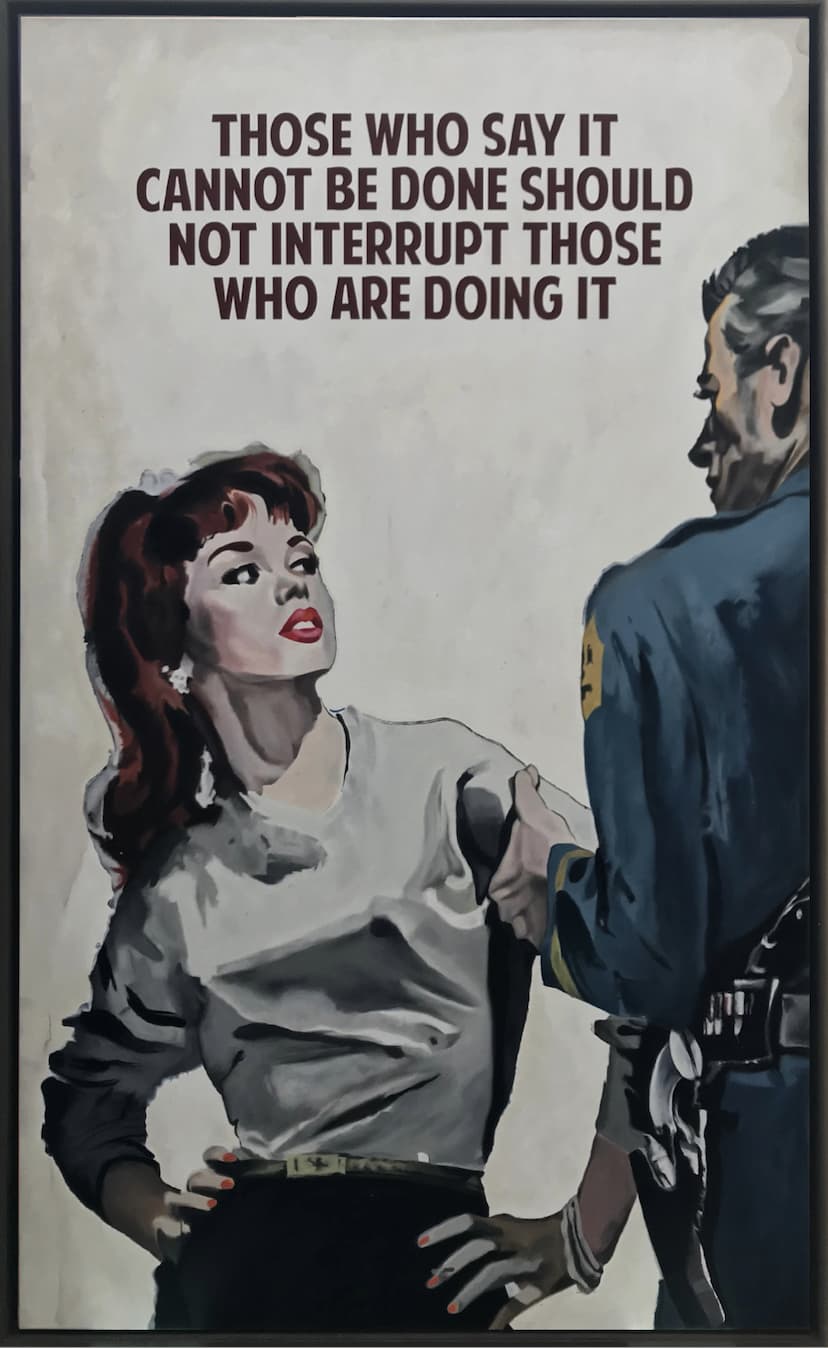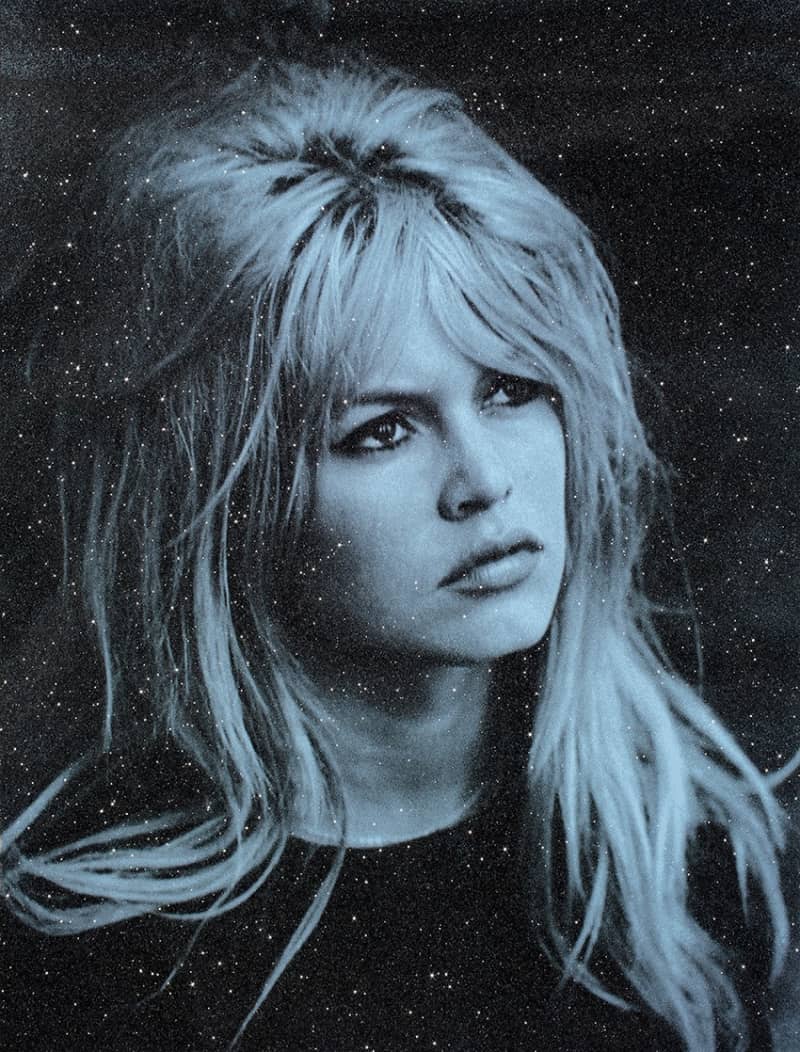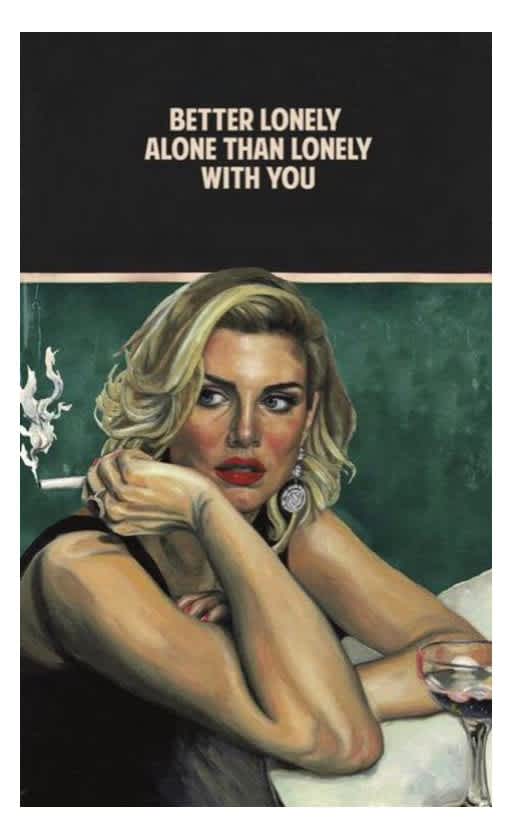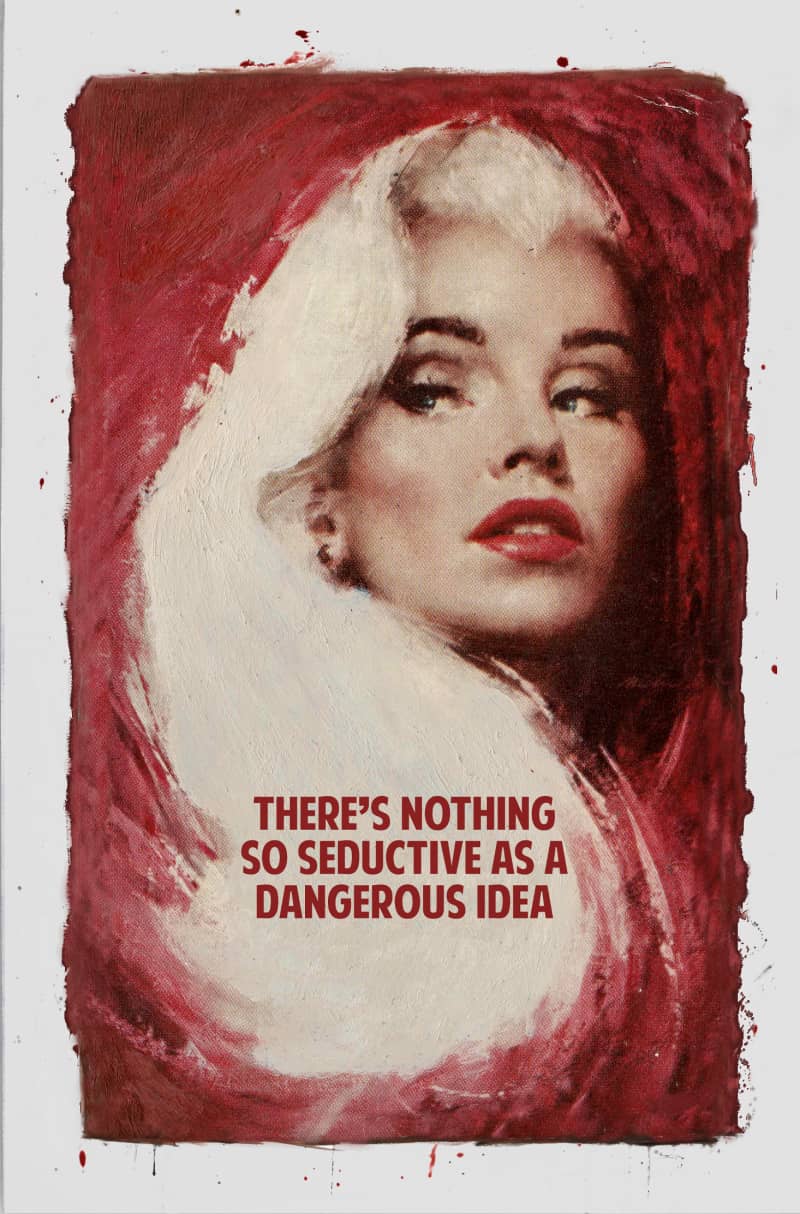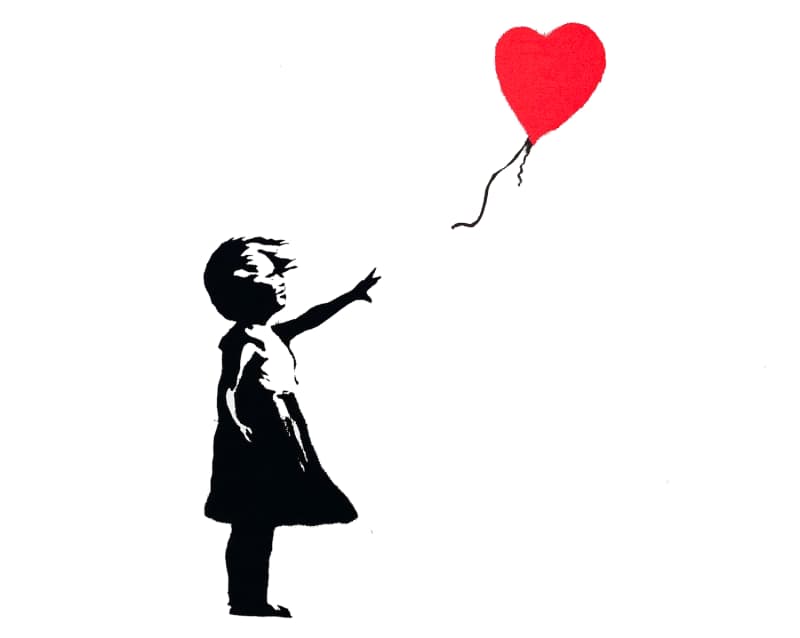The global hype surrounding the Barbie movie has added fuel to the fire of hyper-femininity – an artistic movement that is all about empowering women and addressing history’s unrealistic ideals. Discover the artists who are exploring and critiquing the hottest of topics.
Unless you’ve been living under a rock for the past few weeks, it has been hard to miss the hype surrounding the release of Barbie. With her high-profile reflection on hyper-femininity, Greta Gerwig’s surreal and playful cinematic aesthetic has permeated every aspect of our lives. Subversive and empowering, this groundbreaking movie, which on the surface is about a doll living in Barbie World – a place where everything, and everyone, is perfect – has become an instant icon that reflects on the artistic and cultural mood of our times.
While the constant drip-feeding of stills of Barbie in her pinker-than-pink world caused the vibrant Barbiecore trend to go viral long before the film’s launch, the rise of hyper-femininity in art has been gaining pace for years. From paintings featuring classically feminine motifs to artworks that critique the idealised vision of the perfect, have-it-all lifestyle that Gerwig gently pokes fun out of in Barbie, hyper-femininity in the world of art is more nuanced and comes in many guises. It’s an aesthetic that is beautifully expressed in the paintings of Yuki Aruga. Hyper-femininity at its most exquisite, Aruga’s recent show at Maddox Gallery, “Without End”, showcased the artist’s flawless studies of roses on the cusp of decay – a flower that has long been a symbol of femininity. 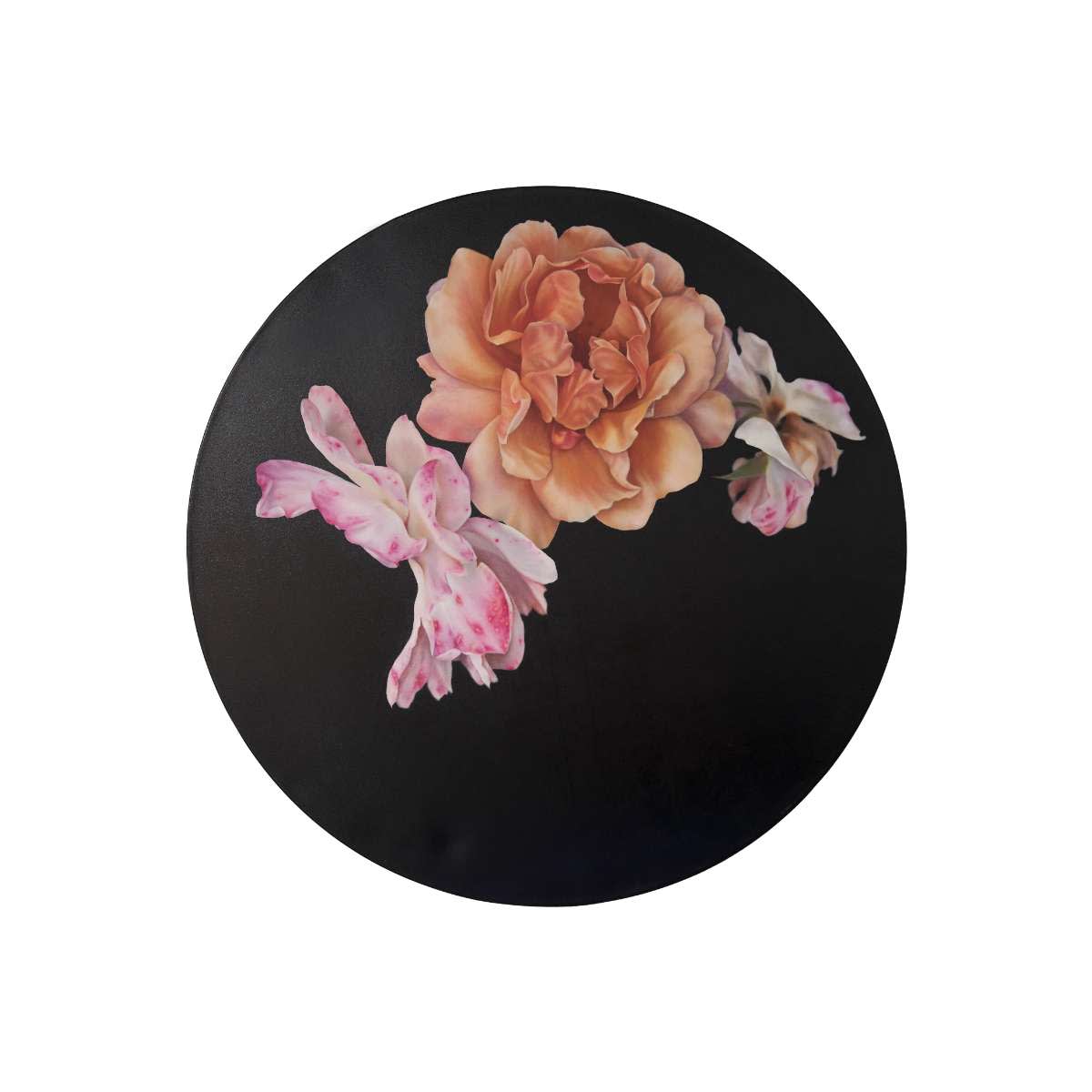 Yuki Aruga, Sun Dogs, 2023, Oil on canvas, 100 x 100 cm
Yuki Aruga, Sun Dogs, 2023, Oil on canvas, 100 x 100 cm
However, it’s not just female creatives who are showing their respect for the complexities of femininity through their art. The Connor Brothers, for example – the pseudonym for British artists James Golding and Mike Snelle – have made it one of their trademarks. In their hugely popular ‘Pulp Fiction’ series, they recontextualise artworks from 1950s dime novels, juxtaposing idealised visions of female beauty with empowering contemporary commentary in the form of tongue-in-cheek yet highly relatable quotes.
The Connor Brothers, Those Who Say It Cannot Be Done, 2019, Oil on canvas, 115 x 80 cm
The majority of British-American artist Russell Young’s works deal with the subjects of fame and shame – themes that have consumed the lives of many of the female stars the artist has chosen to depict in his upcoming solo exhibition at Maddox this November. Like Barbie, Marilyn Monroe, Brigitte Bardot and Kate Moss have all been celebrated – and demonised – as icons of femininity, which Young accentuates with his bespoke colour palette of hues, with names like Bruised Pink and Sky Siren Blue. In the tradition of Andy Warhol, Young’s appropriation of famous faces as tools of social critique reveals the darker side of hyper-femininity: how unrealistic societal expectations placed on women to be perfect can have devastating consequences.
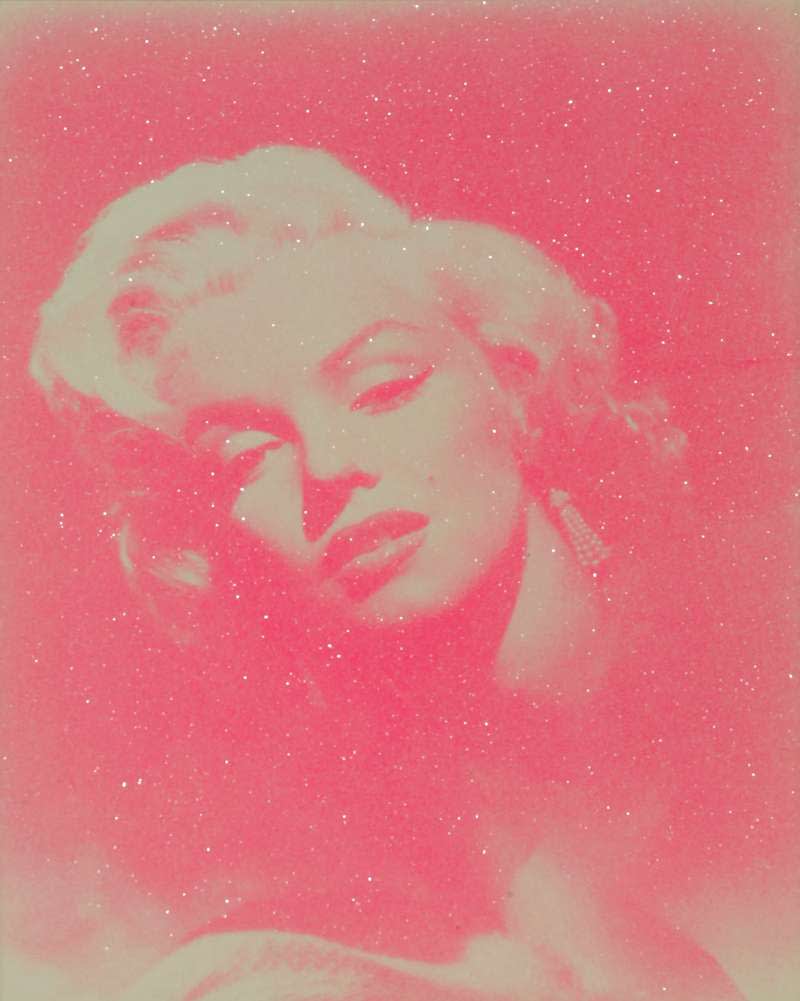
Russell Young, Marilyn Gamour (Pink and White), 2010, Screenprint Edition of 7, 94 x 74 cm
The rise of hyper-femininity, which continues to be a subject of exploration and critique for many Contemporary artists, goes hand in hand with the movement already identified at the end of 2022 following the publication of The Story of Art without Men by Katy Hessell. An instant Sunday Times best-seller that recounts the legacy of the women who are integral to the history of art, its immediate success became a catalyst for change in the art market, with a rapid acceleration of demand and sale prices for female artists.
Indicative of this monumental sea change, 2022 was a record year for women artists at auction. In just a decade, the total price of artworks sold by women rose by 194%, from US$350.6 million to $1.03 billion between 2012 and 2022, while high-net-worth women outspent men on art for the first time in 2022. According to Art Basel’s 2021 report, female collectors with a fortune above $1 million spent 13% more on art than the previous year. With more female collectors than ever before investing in art – self-made women like Abby Joseph Cohen, #1 of Barron’s 100 Most Influential Women in the US – the traditionally male-dominated world of art is slowly but surely being democratised.

